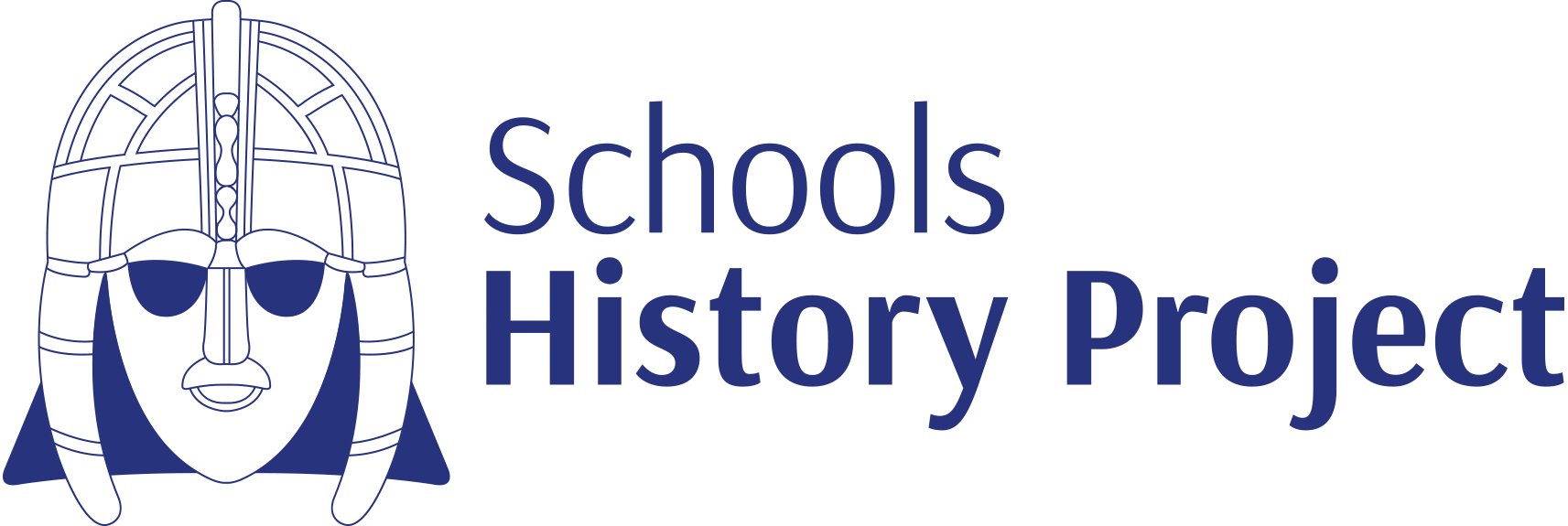Helen Snelson today talking about oral history and its use in the classroom.
Helen was inspired by a story on Her Story Made History on Radio 4, in particular the story of Madera Al Ajroush, who has successfully campaigned for women to be allowed to drive in Saudi Arabia.
When Helen attended a seminar on oral history, she was recommended a book called The Voice of the Past by Paul Thompson. If you didn’t study oral history as part of your undergraduate degree, she recommends it as good background reading on the topic.
It is usually made up of personal experiences; memories of events; attitudes, values and beliefs; and opinions and perspectives. We’d be more likely to use the first two categories in the classroom, but do bear in mind the uses that there might be for the last one: collect opinions and perspectives around school when big events happen (England winning the World Cup?) for future history teachers.
Oral history is ‘deliciously’ not neatly primary or secondary source material. It can still be tested for internal consistently, compared to other sources, considered with knowledge of the wider context; it makes audience and purpose easier to spot; though, there’s a note of caution made about privileging certain accounts.
Helen’s second book recommendation is William Dalrymple’s Nine Lives. It features the work of the bhopas and phads, itinerant historians who travelled northern India, rolling out scrolls and relaying the history contained within. We have a long tradition of oral accounts throughout our history, and there are huge gaps left by the loss of it.
Helen shares some resources, available on the Historiana website, about people at the start of the Cold War – which is, Helen suggests, when people start to disappear out of history. We discuss the stories of various people who lived through WW2 and consider the different impacts that the war had on their lives. This provides a fantastic sense of period and the context for the next activity. In this one, students look at textbook extracts about changes in Europe in the late 1940s, and then consider what impact these might have had on their character.
So, oral history in your classroom can definitely make it lived, and definitely keep it messy – experience of historical periods is not the same for everybody who lived through them.
Helen shares this picture from the Lebanese civil war:
This woman, Samira, was tracked down and interviewed as part of an oral history project, and her story was shared with school children in Lebanon who were studying the civil war. Using the oral stories behind some big images can add extra layers of context to help students really grasp what is happening.
Helen ran an oral history project in her own school this year with year 9, sending them home to interview older members of their family about their memories. Some amazing granny stories came back, covering some extraordinary social history: schools destroyed by German bombs, all the community voting Labour together, the coronation on TV, no electricity, seeing bananas for the first time, people not talking about the war, poverty, migration, taking in refugees…
She followed this up by giving out some contextual knowledge to help students understand the background to the events being described. It helped the most switched-on students to question the nature of what they were hearing: not quite a source, not quite an interpretation. Afterwards, lessons were peppered with, ‘Well, what might so and so have thought?’ – helping students to understand that these events in history are lived and remembered, and sometimes not remembered, or not even noticed.
An excellent project for introducing oral history into the classroom in a meaningful way.

